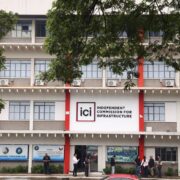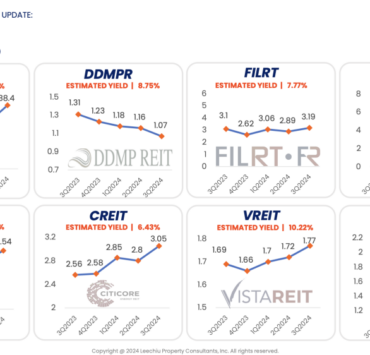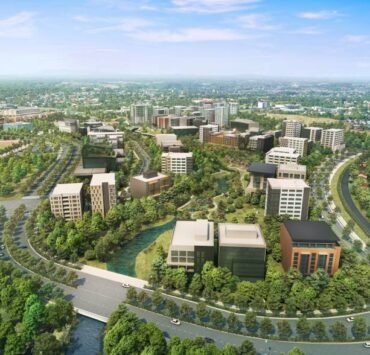Regenerative design offers path to positive impact
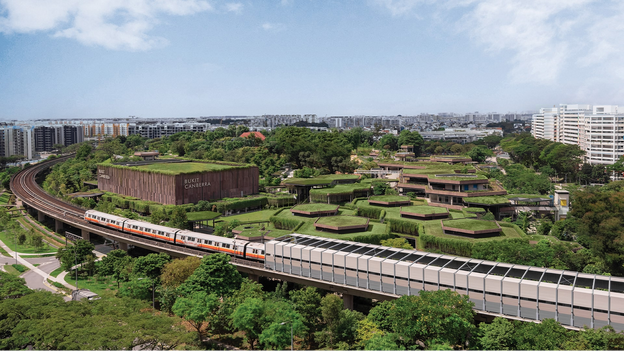
The built environment has a profound impact on climate change, affecting our planet not only through construction methods but also throughout the entire lifecycle of structures—from initial use to eventual deconstruction.
As the climate crisis escalates, the design and construction industries face an urgent need to go beyond simply reducing harm. We must embrace regenerative approaches that actively benefit the environment, society, and future generations.
Resilient, adaptive urban planning
Recent typhoon disasters in the Philippines underscore the need for resilient, adaptive urban planning.
Heavy storms result in significant loss of life and widespread property damage. Such tragedies are a stark reminder that conventional, “high-performance” sustainability practices, while valuable, are no longer enough.
By moving toward regenerative design, we can build environments that are not only resilient to climate shocks but also play a role in climate mitigation and ecosystem restoration.

Natural ecosystems
Regenerative design takes inspiration from natural ecosystems, emphasizing systems that don’t just sustain but actively rejuvenate.
Unlike traditional sustainable practices that aim to “do less harm,” regenerative design strives to restore ecosystems, making them healthier, more robust, and more resilient. This holistic approach aligns with natural systems, replenishing energy, restoring biodiversity, and creating environments that can adapt and renew themselves over time.
The principles of regenerative design are vital across many fields—not just in architecture and urban planning but also in public policy, agriculture, water and energy management, waste reduction, and beyond. It offers a roadmap for creating solutions that respect and restore natural and human systems, providing a path toward a sustainable future.
Bukit Canberra in Singapore
Bukit Canberra, located in Singapore’s Sembawang heartland, exemplifies regenerative design principles in action.
This 12-ha integrated community, sports, and lifestyle hub is a model of sustainability that places the environment at the heart of its development. By treating the surrounding ecosystem as an equal partner, Bukit Canberra preserves the natural topography and forest ecology, supporting approximately 100,000 residents while enhancing biodiversity and environmental health.
Rather than altering the landscape, the project’s design celebrates the existing hilly terrain, weaving it into the character and functionality of the development.
The masterplan incorporates green and blue infrastructure to foster a self-sustaining landscape. Through tree conservation and strategic planting, the project retained over 460 native trees and planted an additional 2,050 native species, intensifying green coverage and supporting local biodiversity.
Water-sensitive urban design features—such as natural drainage and retention systems—help manage water sustainably while providing habitats for local flora and fauna.
These elements work in unison to create a dynamic ecosystem that regenerates over time, offering resilience against extreme weather and contributing positively to the local climate.
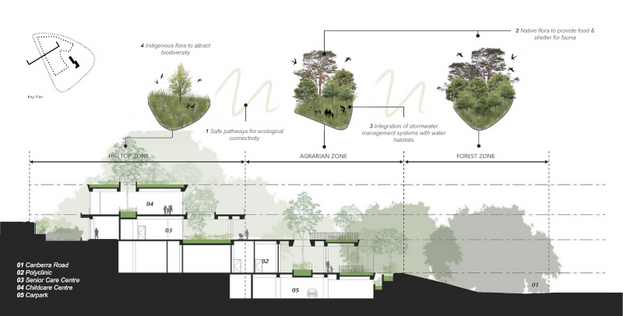
Biomimetic principles
The architectural approach utilizes biomimetic principles, specifically hexagonal geometry—a form commonly found in nature that promotes a rational yet organic spatial organization.
This geometry blends indoor and outdoor spaces, integrating natural elements into the built environment. As a result, nature flows seamlessly throughout the development, creating a cohesive network of spaces that connects amenities, encourages social interaction, and fosters unity between people and nature.
This design also promotes resilience by creating adaptive, living spaces that grow with the environment.
By integrating nature into its architecture and infrastructure, Bukit Canberra serves as a living system—a model for how regenerative design can strengthen urban resilience, support biodiversity, and enhance the quality of life for residents.
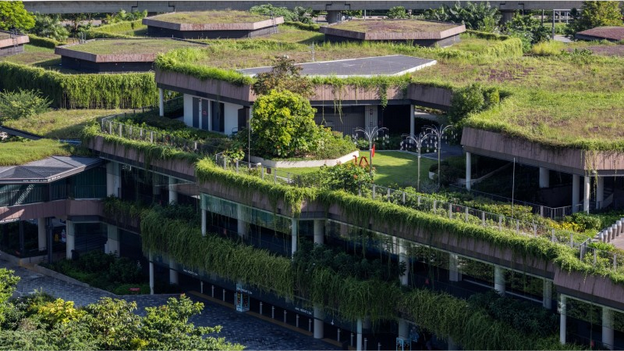
Climate solution
Regenerative design offers a groundbreaking response, positioning buildings not merely as passive structures but also as active participants in environmental restoration.
It introduces ecosystems within the built environment that can adapt, renew, and sustain themselves. It champions designs that contribute positively to biodiversity, soil health, air and water quality, and community well-being, ultimately creating self-sustaining, robust solutions that bolster urban resilience amid climate crises.
Projects like Bukit Canberra in Singapore showcase the possibilities.
Here, the careful preservation of natural terrain, forest ecology, and water-sensitive design allows nature to thrive within an urban setting. This resilience-oriented design does not merely avoid degradation but actively fosters recovery and growth, providing a template for cities facing mounting climate threats.
By embracing regenerative design principles, we can envision cities as intricate systems that not only coexist with nature but actively contribute to its vitality.
In the wake of catastrophic events like the recent severe storms in the Philippines, regenerative urban planning underscores the critical need for cities that can withstand and recover from such events.
Ultimately, regenerative design creates environments that align with nature’s processes, restoring balance and promoting resilience.
This vision is transformative: It anticipates a future where urban areas become active contributors to a healthier planet, setting the stage for built environments that nurture, protect, and renew both natural ecosystems and human communities alike.
The author is the Managing Partner of CORE+, an institution that pioneers sustainable workflows through advanced digital technology. She is also a Co-Founder and Director of Green Building Experts Pte Ltd (GBuildEx) and specializes in sustainable development. Additionally, she serves as a mentor at the National University of Singapore, where she earned her Master’s degree in Integrated Sustainable Design. She believes sustainability must be part of the norm and not a choice
The author is managing partner at CORE+, an institution that pioneers sustainable workflows through advanced digital technology. She is also a co-founder and director of Green Building Experts Pte Ltd (GBuildEx); specializes in sustainable development; and serves as a mentor at the National University of Singapore



